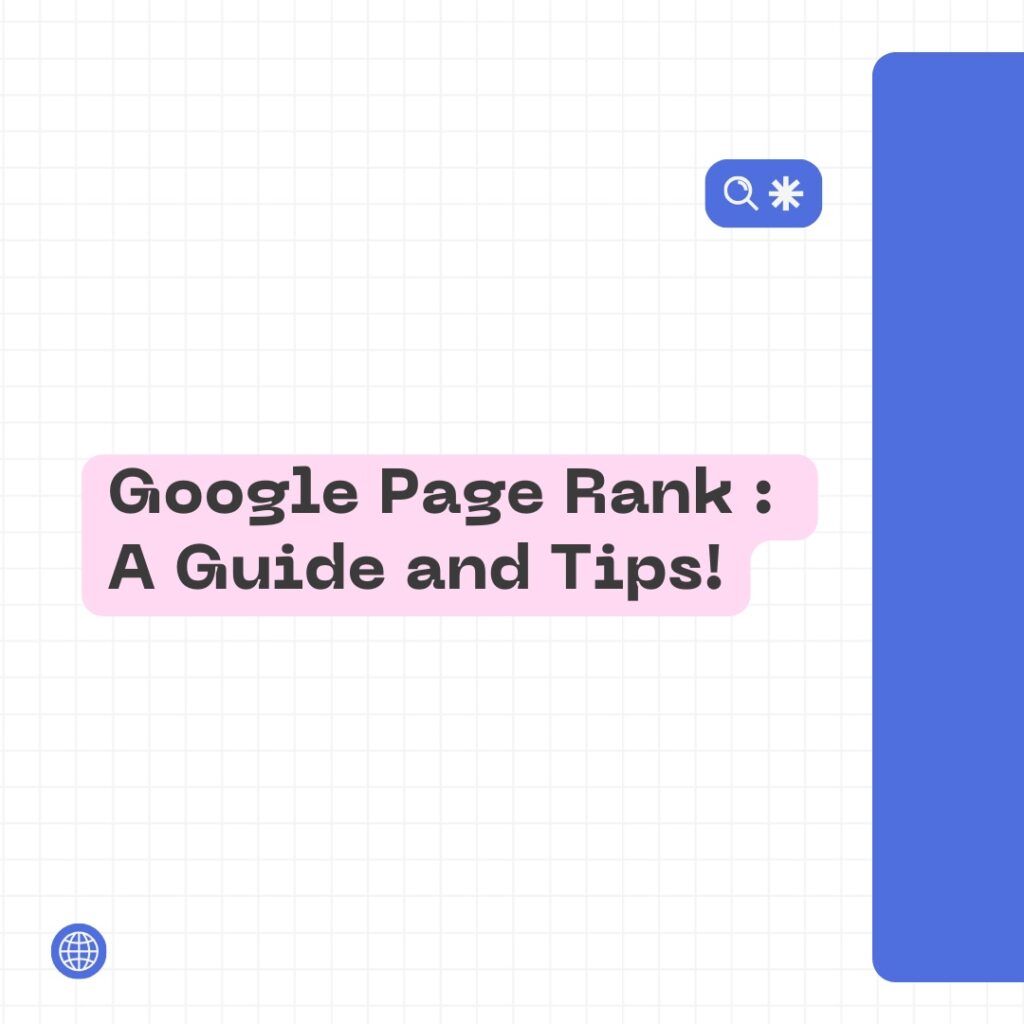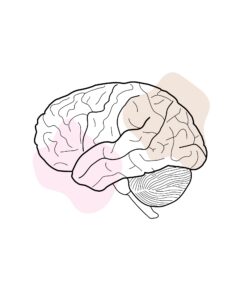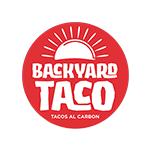In the ever-evolving landscape of search engine optimization (SEO), Google PageRank remains a fascinating yet often overlooked aspect. Originally conceived by Google’s founders Larry Page and Sergey Brin, PageRank was once the shining star of Google’s algorithm. In this comprehensive guide, we’ll delve into the mysteries of Google PageRank, providing beginners with insights into its significance, evolution, and relevance in the modern SEO landscape.
Understanding Google PageRank:
- The Genesis of PageRank:
Google PageRank, named after Larry Page, is an algorithm that was developed to measure the importance of web pages. Introduced in the late 1990s, it revolutionized the way search engines ranked pages by considering not just the content but also the link structure.
- Link Importance:
PageRank introduced the concept that not all links are equal. The algorithm assigned different weights to links based on the authority and relevance of the linking page.
- Importance of Link Structure:
Unlike traditional algorithms that primarily focused on on-page content, PageRank emphasized the significance of the link structure as an indicator of a page’s importance.
- Link Importance:
Evolution Over Time:
- Initial Impact on Search:
PageRank had a profound impact on search engine results, enabling Google to deliver more relevant and authoritative content to users. It was a game-changer in an era dominated by keyword-centric algorithms.
- Quality Content Recognition:
The algorithm’s ability to recognize and reward quality content led to a shift in focus from keyword stuffing to producing valuable and informative content.
- Authority as a Ranking Factor:
PageRank established authority as a crucial ranking factor. Pages with higher authority, determined by the quality and quantity of incoming links, were deemed more important.
- Quality Content Recognition:
- Abuse and Manipulation:
As the importance of PageRank grew, so did attempts to manipulate it. Practices like link farming and excessive link exchanges emerged, leading Google to adapt its algorithms to combat these manipulative tactics.
- Algorithmic Adjustments:
Google continuously refined its algorithms to counteract manipulative practices, reinforcing the importance of genuine, high-quality links.
- Algorithmic Adjustments:
The Demise of Toolbar PageRank:
- Toolbar PageRank Shutdown:
In 2016, Google officially retired Toolbar PageRank, the visible metric that allowed users to see the PageRank score of a page. This move left many in the SEO community wondering about the relevance of PageRank in the current SEO landscape.
- Shift in Visibility:
The retirement of the visible metric prompted a shift in focus from a numerical PageRank score to a more qualitative assessment of link profiles.
- Underlying Principles Persist:
Despite the cessation of Toolbar PageRank, the underlying principles of PageRank, such as the importance of quality links, continued to influence Google’s ranking algorithms.
- Shift in Visibility:
- Beyond Toolbar PageRank:
Despite the retirement of the visible metric, the underlying principles of PageRank continue to influence Google’s ranking algorithm. Understanding these principles is crucial for SEO practitioners aiming to optimize their websites effectively.
- Quality Link Emphasis:
The emphasis shifted from obsessing over the visible PageRank score to prioritizing the acquisition of high-quality, relevant links.
- Holistic SEO Approach:
The demise of Toolbar PageRank underscored the importance of adopting a holistic SEO approach, focusing on various factors beyond a single metric.
- Quality Link Emphasis:
Modern SEO Implications:
- Quality Over Quantity:
In the absence of visible PageRank scores, the emphasis has shifted from the quantity of links to the quality of links. High-authority, relevant links carry more weight in determining a page’s importance.
- Contextual Relevance:
Modern SEO prioritizes links that are contextually relevant to the content, signaling to search engines the authenticity and value of the link.
- User Engagement Metrics:
Metrics such as user engagement and dwell time have gained significance, indicating that search engines prioritize content that engages and satisfies users.
- Contextual Relevance:
- User Intent and Content Relevance:
Google’s evolving algorithms prioritize user intent and content relevance. Today, search engines aim to provide users with the most relevant and valuable content, emphasizing the importance of a holistic SEO strategy.
- Semantic Search Evolution:
The evolution of semantic search means that search engines focus on understanding user intent and delivering results that align with that intent.
- User Experience as a Ranking Factor:
Factors such as website speed, mobile-friendliness, and overall user experience have become crucial ranking factors, emphasizing a user-centric approach to SEO.
- Semantic Search Evolution:
Practical SEO Strategies:
- Link Earning vs. Link Building:
Focus on earning links naturally through valuable content and relationships rather than traditional link-building tactics. This approach aligns with Google’s emphasis on organic, high-quality links.
- Content Creation Strategies:
Content creation strategies should prioritize creating valuable, shareable content that naturally attracts links from authoritative sources.
- Relationship Building:
Establishing genuine relationships within your industry can lead to organic link opportunities, contributing to a diverse and valuable link profile.
- Content Creation Strategies:
- Diverse Link Profiles:
Cultivate a diverse link profile that includes a mix of links from different sources. This diversity signals to search engines that your content is recognized and valued across various platforms.
- Anchor Text Variation:
Vary anchor text to avoid appearing manipulative and enhance the natural and organic nature of your link profile.
- Natural Link Acquisition:
Prioritize natural link acquisition by creating content that others naturally want to link to, ensuring a healthy and diverse backlink portfolio.
- Anchor Text Variation:
In the journey through the mysteries of Google PageRank, it’s evident that while the visible metric may be a relic of the past, the underlying principles continue to shape the SEO landscape. As a beginner in SEO, understanding the historical significance and evolution of PageRank is valuable for crafting effective strategies in the present and future.
Navigating the complexities of SEO requires staying attuned to the ever-changing algorithms and priorities of search engines. While PageRank might not be the sole determinant of search rankings, its legacy lives on in the emphasis on quality content, user experience, and the importance of authoritative links. As you embark on your SEO journey, remember that the key to success lies in adapting to the evolving digital landscape and prioritizing strategies that provide genuine value to users.
Consulting, Technology, E-commerce, Digital, Media, Cloud, Operations & Staffing. Alumni of Pune University.

























